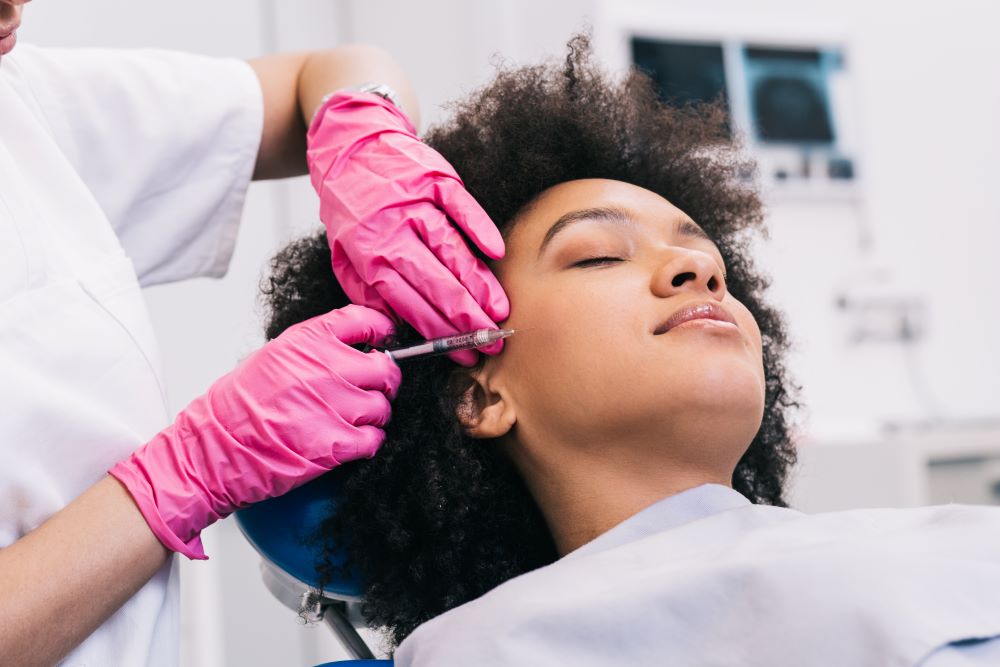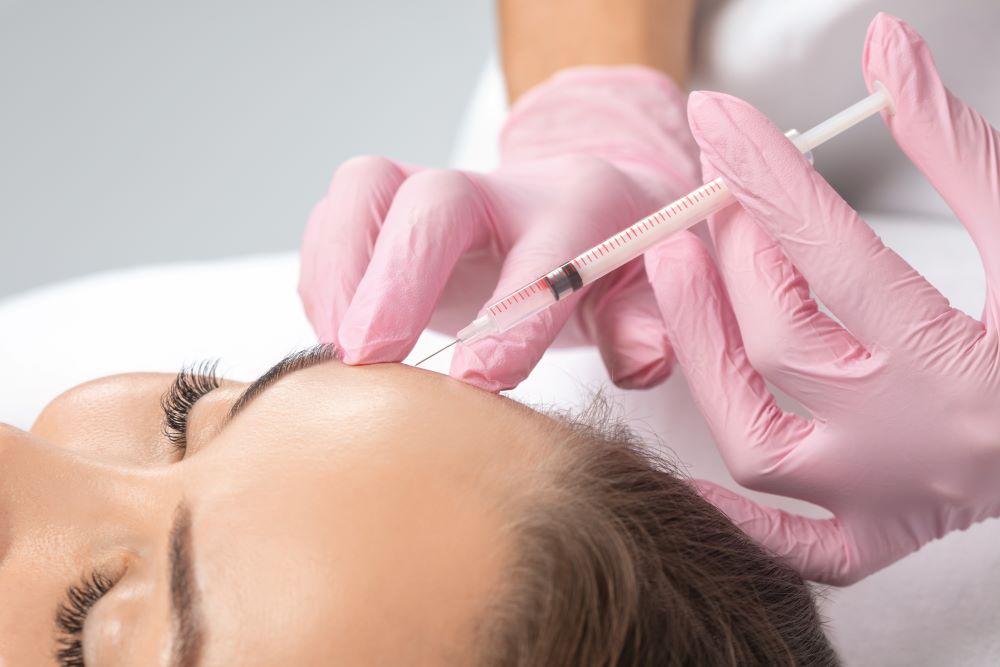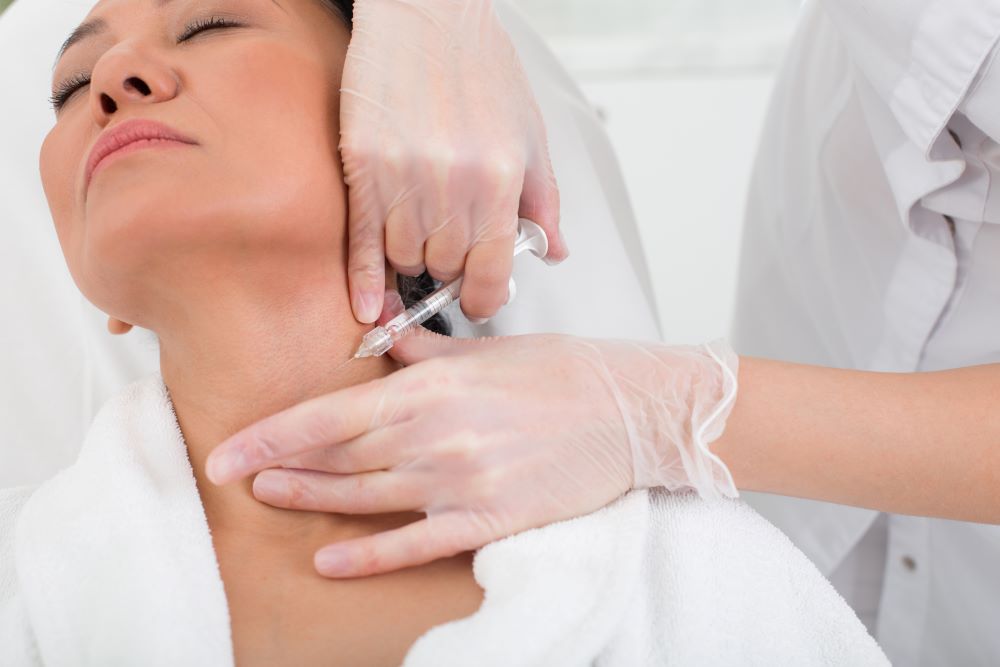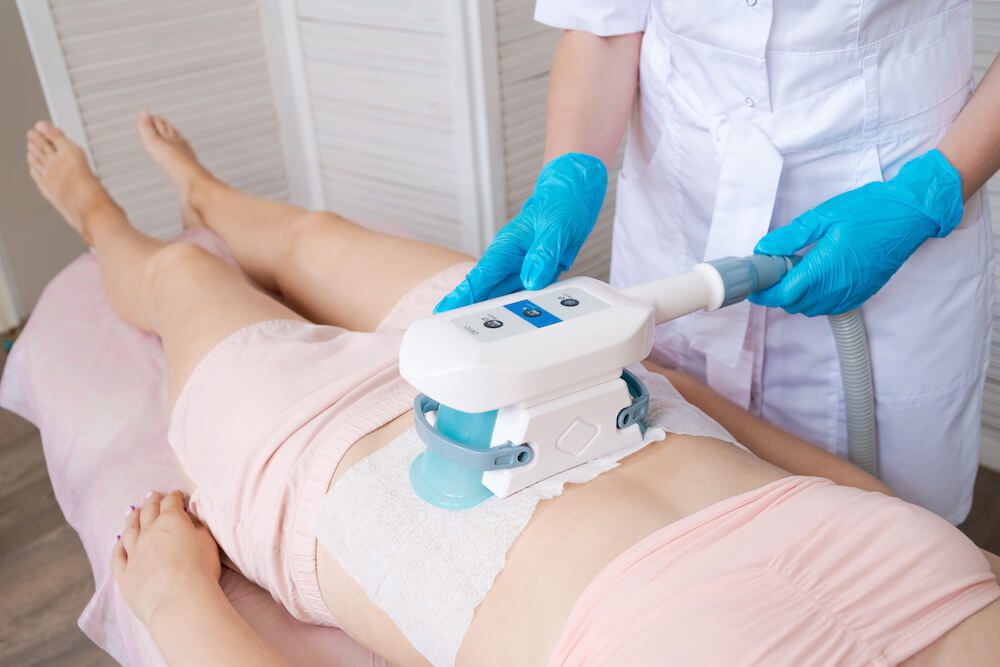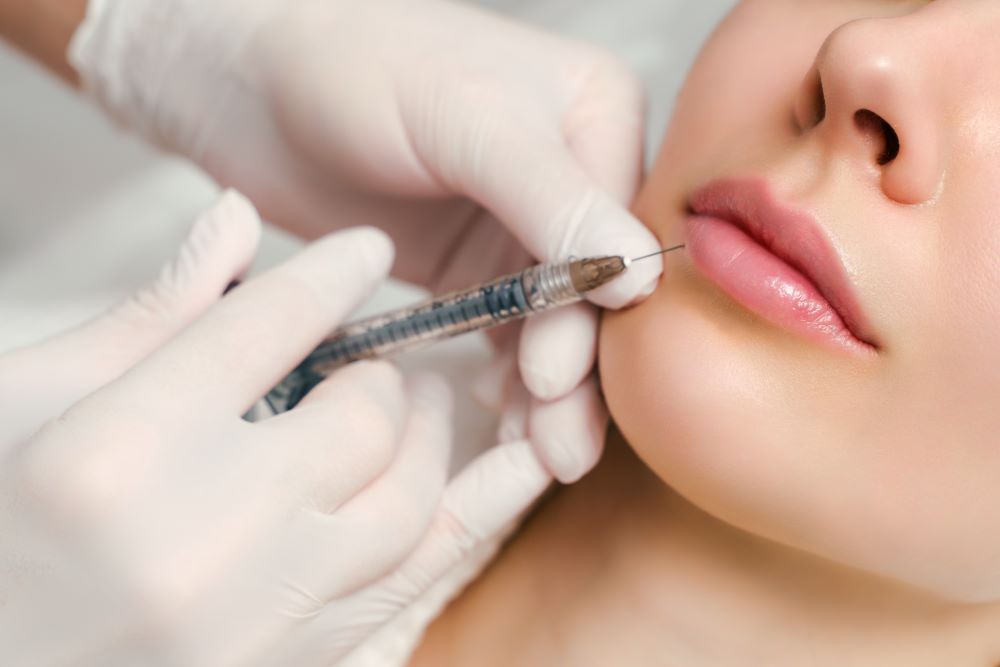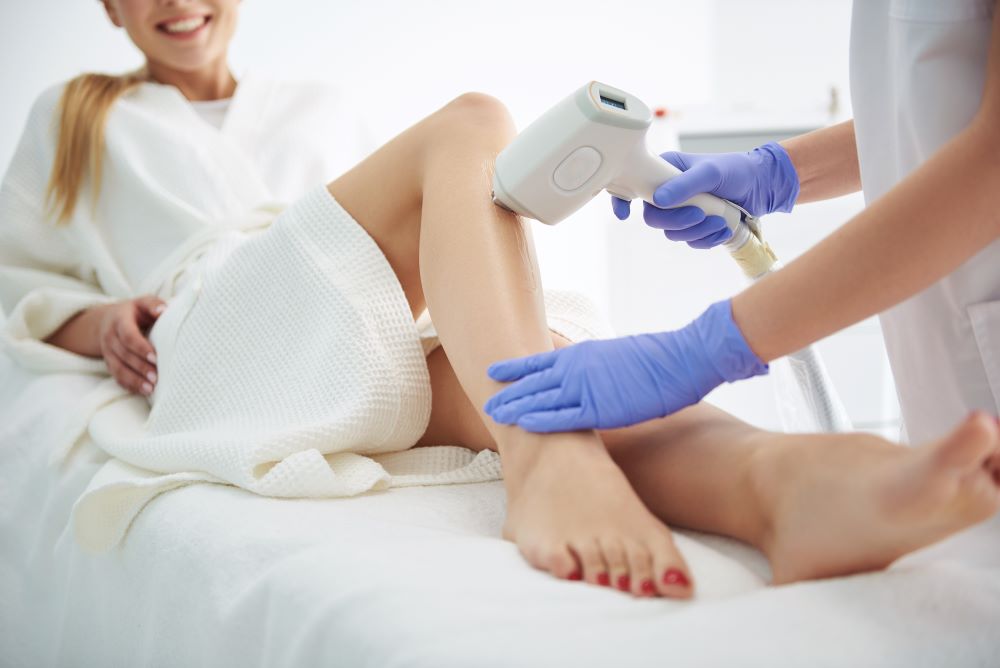Blog
Botox is perhaps the best-known non-invasive cosmetic procedure, widely used to reduce or eliminate facial lines and wrinkles, and is a highly effective way to rejuvenate your appearance. But despite its widespread use and great popularity, many people are quite unaware of what Botox treatments actually consist of. This post will discuss the science and history behind Botox.
Clostridium Botulinum
Clostridium botulinum is a bacterium that is found in soil and marine sediments. The bacteria produce spores that are often found on the skin of fruits and vegetables and in seafood. The spores are mostly harmless, but if allowed to grow under certain conditions, they can produce several highly toxic neurotoxins, including the Botulinum toxin. Botulinum is the cause of Botulism, a rare but serious illness that can cause muscle paralysis.
How Does Botox Work?
The Botulinum toxin blocks the release of a neurotransmitter called acetylcholine. This chemical is used in the body to carry messages from the brain to specific nerve cells. By carefully applying the Botulinum toxin to the nerve cells that, in turn, cause specific muscles to contract, it’s possible to block signals being sent to the muscles, and thereby cause the muscles that are responsible for causing unwanted lines and wrinkles to relax.
The Botox Product
Botox is the brand name for Botulinum toxin type A, a protein derived from the bacterium Clostridium botulinum. There are actually several different commercial brands, each using different variations of Botulinum toxin type A, such as Dysport and Xeomin, but Botox is by far the best known.
Botox is derived from Botulinum under rigorously controlled conditions; it is highly refined and purified and then combined with other ingredients to form a precise low-dose solution that can safely be used for cosmetic purposes.
The final Botox product will only cause temporary paralysis of targeted muscles.
From Toxin to Treatment
The beneficial use of the Botulinum toxin was first investigated in the 1970’s. Initially, it was used to treat strabismus (crossed eyes) by controlling how muscles attached to the eye function. It was eventually approved by the FDA for this usage.
The cosmetic benefits of Botox were discovered purely by chance when patients being treated for eye disorders using Botox noticed the side effect that their facial wrinkles also became less evident. This became a subject for further research, and the FDA approved Botox for cosmetic uses in 2002.
Safety and Purity
It’s important to understand that the Botox product used for cosmetic purposes is highly refined and purified and is quite safe when used by qualified practitioners. It is also impossible to contract Botulism from Botox, regardless of the dose.
Despite this, to obtain the best results, especially while remaining natural-looking, it’s important to select your practitioner with great care. The best way to guarantee safe, effective results with minimal side effects is to select a medically trained practitioner who can demonstrate extensive experience performing Botox procedures.
Your Laser Skin Care
Your Laser Skin Care practitioners are medically qualified and highly experienced in performing Botox procedures. We also have extensive experience with a wide variety of other non-invasive cosmetic procedures. We can help you choose the safest, most effective, and most cost-effective way to achieve your cosmetic goals. Call us at (323) 525-1516 to schedule a free consultation, or visit us online for more information.
What is Filler Migration?
What are the Main Causes?
Incorrect Technique and Overfilling
Product Choice and Individual Anatomy
Immune Response
How to Prevent Filler Migration
Post-Treatment Care and Regular Follow-Up
Your Laser Skin Care
Botox is best known as a highly effective treatment for crow’s feet, forehead lines, and frown lines. But did you know that Botox can also be an effective solution for wrinkles and lines on the neck? This blog post will highlight the use of Botox and its potential benefits for rejuvenating the neck area.
What are Neck Lines and Wrinkles?
Neck wrinkles, commonly known as “turkey neck” or “neck bands,” are the result of a combination of factors, including:
- Aging: our skin loses elasticity and collagen as it ages, which in turn causes sagging and wrinkles.
- Sun Exposure: The sun’s UV rays can damage and break down the collagen and elastin fibers in our skin, leading to premature aging.
- Repeated Movements: Just as smile lines form from smiling, neck wrinkles can form from repetitive actions, such as looking down at your phone.
How Does Botox Work?
Botox is a neurotoxin derived from the bacterium Clostridium botulinum. When injected in minute amounts, it prevents nerve signals from being sent to the muscles. This causes the muscles to relax, which in turn smooths wrinkles and prevents the deepening of lines formed when the muscles are activated.
The effects of Botox are not permanent, they typically last for up to 3 months before gradually wearing off.
Where is it used?
It’s easy to see the two vertical bands of muscle fibers that pass through the front of our necks. These muscles, known as platysmal bands, are not involved with moving the head, but they are involved with many other activities, including some facial expressions, chewing food, and even speech. Over time, these muscles can become more prominent and lead to the development of visible bands and horizontal lines.
The judicious application of Botox in this area can relax these muscles and soften their appearance without affecting your ability to speak, eat, or change your facial expressions. When Botox has been used with care, improvements should look natural and not draw attention to the treated area.
Benefits of Using Botox for Neck Wrinkles
As a non-surgical and non-invasive treatment, Botox offers significant advantages when compared to surgical treatments. It’s faster, requires minimal to no downtime, is cheaper, and also makes no permanent or irreversible changes.
Other Considerations
In common with all cosmetic procedures, invasive or non-invasive, the experience and skill of your practitioner is very important and will directly affect the quality of results that you experience. You should select your practitioner with great care and only proceed with treatment when you are confident that you’re in good hands.
Botox injections can cause potential side effects, including pain at the injection site, bruising, headache, or flu-like symptoms. Other complications are possible; you can minimize any chance of these occurring by limiting your potential practitioners to fully qualified and practicing doctors.
Your Laser Skin Care
Your Laser Skin Care practitioners are medically qualified and highly experienced in performing Botox injections. We also have extensive experience with a wide variety of other non-invasive cosmetic procedures. We can help you choose the safest, most effective, and most cost-effective way to achieve your cosmetic goals. Call us at (323) 525-1516 to schedule a free consultation, or visit us online for more information.
CoolSculpting is a powerful tool to reshape specific areas of the body by targeting and removing undesired fat. Although the procedure is effective, care must be taken to prevent fat from accumulating again after treatment. This post summarizes our recommendations on how best to achieve and maintain the best results.
Pre and Post-Treatment Care
- Carefully follow all preparation instructions provided by your practitioner.
- Promote faster removal of fat cells by gently massaging treated areas daily.
- Utilize compression garments, when advised, to minimize swelling and enhance contouring.
- Don’t forget to schedule any recommended follow-up appointments.
Nutritional Guidelines
- Adopt a healthy balanced diet – this is crucial to prevent remaining fat cells from enlarging.
- Keep hydrated. This promotes good health and also helps the body flush toxins.
- Choose anti-inflammatory foods like berries and green tea, and avoid products containing sugars and trans fats.
- Moderate your consumption of alcohol and caffeine, both of which adversely affect hydration.
Physical Wellness
- Regular exercise will promote circulation, improve muscle tone, and assist the natural elimination of fat.
- Avoid extreme heat, from hot showers or saunas, immediately after treatment.
It’s also important to be patient – fat removal after CoolSculpting treatment is a gradual process. You may not see any results immediately after treatment, they will develop in the weeks and even months afterward.
Your Laser Skin Care
Your Laser Skin Care practitioners are medically qualified and highly experienced in performing CoolSculpting procedures. We also have extensive experience with a wide variety of other non-invasive cosmetic procedures. We can help you choose the safest, most effective, and most cost-effective way to achieve your cosmetic goals. Call us at (323) 525-1516 to schedule a free consultation, or visit us online for more information.
Dermal fillers have become a mainstay of cosmetic medicine. Predominantly based on hyaluronic acid, they address various facial concerns, from volume loss to wrinkles and other age-related issues.
Juvederm stands out as one of the most versatile and widely used dermal fillers. The key reasons for its popularity are outlined below.
Diverse Formulations for Tailored Results
Juvederm offers several specialized formulations, each optimized for use in different areas:
- Original Juvederm: Targets lines and wrinkles around the nose, mouth, and lips. It can also improve moderately sunken cheek areas.
- Juvederm Ultra Plus: Having a thicker consistency, this variant is perfect for addressing deeper issues and enhancing larger areas, including the lips.
- Juvederm Volbella: Primarily for refining specific facial features, it’s often used to enhance lip borders, providing a subtler effect.
- Juvederm Vollure: This thicker formulation corrects moderate to severe lines and wrinkles, with results that outlast many other fillers.
- Juvederm Voluma: A long-term solution for sunken cheeks, it works on deeper skin layers to lift and accentuate cheek contours.
Minimal Pain and Discomfort
Many Juvederm variants incorporate lidocaine, labeled as “XC” products. This addition ensures greater comfort during treatment by numbing the injection site.
Safety and Efficacy
Produced by the Allergan company, Juvederm boasts an impressive safety profile. Depending on the specific product used, its effects can persist from several months to over a year.
Natural Aesthetics and Versatility
When administered by a proficient practitioner, Juvederm offers results that mimic natural youthfulness without appearing exaggerated. Beyond wrinkles, it’s also effective for lip augmentation, contouring facial structures, and diminishing the appearance of scars.
Minimally Invasive with Immediate Results
Juvederm treatments are quick and require little to no recovery time required. This makes it an attractive choice for those wanting swift improvements without the extended recovery times and costs associated with surgical procedures.
Collagen Stimulation and Reversibility
Hyaluronic acid fillers, including Juvederm, can boost the body’s collagen production, creating longer-lasting benefits. Plus, should the need arise, treatments can subsequently be adjusted or reversed using hyaluronidase.
Your Laser Skin Care
Your Laser Skin Care practitioners are medically qualified and highly experienced in performing dermal filler procedures. We also have extensive experience with a wide variety of other non-invasive cosmetic procedures. We can help you choose the safest, most effective, and most cost-effective way to achieve your cosmetic goals. Call us at (323) 525-1516 to schedule a free consultation, or visit us online for more information.
Laser hair removal is widely used as an effective long-term solution to unwanted hair. With a year-round sunny climate, there is a high demand for this cosmetic procedure here in Los Angeles. While laser hair removal can provide effective and lasting results, it’s important to be aware of the potential side effects and know how to prevent them. In this blog post, we’ll explore common side effects of laser hair removal and how to minimize or avoid them.
Common Side Effects of Laser Hair Removal
Skin Irritation, Redness, and Itching
One of the most common side effects of laser hair removal is skin irritation and redness. The laser targets the hair follicles, which can cause short-term inflammation and redness in the treated area. This usually subsides within a few hours to a day after treatment.
Skin Infection
The laser treatment opens your skin pores, which makes them more prone to infection. You can minimize this problem by keeping your skin clean by using mild cooling creams and by avoiding cosmetics and deodorants on the treated areas. It may seem obvious, but you must resist any temptation to scratch the treated area.
Swelling and Discomfort
Some individuals may experience swelling and discomfort immediately after the procedure. Applying a cold compress and using over-the-counter pain relievers can help alleviate these symptoms.
Skin Discoloration
Changes in skin pigmentation, such as darkening (hyperpigmentation) or lightening (hypopigmentation), can occur after laser hair removal. This is more likely to happen in individuals with darker complexions. However, these changes are usually temporary and fade over time.
Blisters and Crusting
In very rare cases, laser hair removal can lead to blisters or crusting. This is far likelier to happen if the treatment isn’t performed correctly or if the treated area is not properly cared for afterward.
What to Do to Avoid Unwanted Side Effects
To minimize your chance of developing any unwanted side effects, we recommend the following:
Choose a Reputable Practitioner and Follow Their Instructions
Selecting a reputable and experienced clinic for your laser hair removal procedure is crucial. Ensure the technicians performing the treatment are trained and certified to minimize the risk of complications. Carefully follow all instructions your practitioner provides both before and after treatment.
Minimize Sun Exposure
Perhaps the most important recommendation is to avoid excessive sun exposure both before and after treatment. Even artificially tanned skin is more prone to side effects. Use broad-spectrum sunscreen with a high SPF to reduce your chance of problems.
Avoid Further Skin Irritations
In the days after treatment, avoid using harsh skin care products, exfoliants, and retinoids on the treated area.
Keep the treated area well-moisturized and hydrated – this will promote faster healing and reduce irritation. Choose gentle, fragrance-free moisturizers if possible.
Your Laser Skin Care
Your Laser Skin Care practitioners are medically qualified and highly experienced in performing laser hair removal procedures. We also have extensive experience with a wide variety of other non-invasive cosmetic procedures. We can help you choose the safest, most effective, and most cost-effective way to achieve your cosmetic goals. Call us at (323) 525-1516 to schedule a free consultation, or visit us online for more information.
Our Specials
- Botox $11 per unit (20 units minimum)*
- Juvederm $750 per syringe*
- 10% OFF Latisse
- * New clients only
Meet Dr. Fedonenko


Dr. Fedonenko is a member of the American College of Physicians and is Board Certified in Internal Medicine.
She completed her Residency at the University of Virginia School of Medicine in 1998 and has since specialized in Cosmetic Dermatology.
She obtained additional training in aesthetic medicine procedures soon thereafter, and the results of her extensive training and experience show in each and every patient’s face. She’s a doctor that can truly been trusted with your skin care and anti-aging needs.
Our location
6221 Wilshire Boulevard,Suite 102, Los Angeles, California 90048

